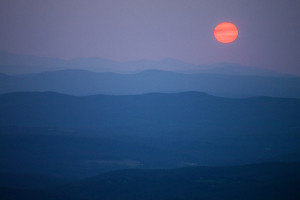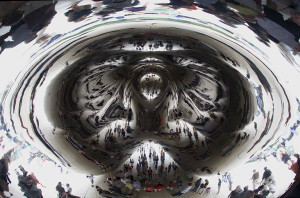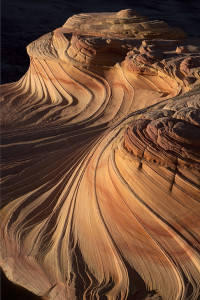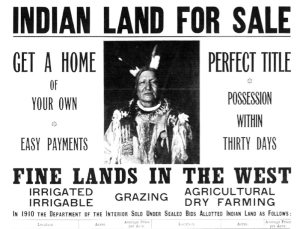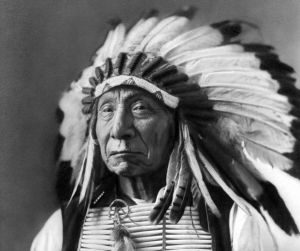On Martin Luther King Day, I posted this Instagram with the following caption”
“Monument in Washington DC. An awe-inspiring statue of an extraordinary man. He was killed before the current wave of terrorism, but through his words his legacy lives on — and addresses the recent atrocities in France #jesuisCharlie. We still hear his voice promoting justice and #love for all mankind. Two quotes from him come to mind: ‘We must live together as brothers or perish together as fools’ and ‘The arc of the moral universe is long, but it bends towards justice’. Please heed his wisdom!
Of course the Instagram was published worldwide – many followers are outside of insular America. I received over 15,400 “likes” and 144 comments, thirty or so from the same three people.
Most impressive in this publishing venture was the dialog that the caption generated. Some were profane, some silly, but many debated views on freedom, racism, religion, etc. We should take note that many rational people see things in a different light.
Excerpts follow, with the actual Instagram monikers obscured for privacy reasons.
Awesome statue !!… people still live by his words !! CO
When people insult black people, it’s racism, when people fight the rights of the opposite gender, it’s sexism, but when people insult Muslims and its founder, it’s freedom of speech. To hell with every supporter of JeSuisCharlie. MD
Do you really think that the world is better off with those cartoonists dead? You think they were bad people for making jokes? You can’t be serious. Just because someone believes something strongly doesn’t mean that it is free from criticism. Freedom of religion is very important. But freedom of religion is a part of having freedom of ideas, and freedom of ideas will always include tolerating any criticism of any given idea. MR
MLK Jr. would have been disgusted by the violence committed, but he would have also been even more horrified by the consistent and systematic marginalization of Arabs in the present social, political and economic context. It is disingenuous and disrespectful to use his legacy in this way. PW
Those cartoonists died horribly but their deaths are nowhere near the injustice inflicted upon the poor and mistreated minorities the world over. Please choose your comparisons wisely. HM
Don’t think because you have that wrap on your head it makes you an expert on Muslims, black American history, especially X. I will school your ass anytime you want to come to Morehouse College and have a REAL debate with REAL black men. SGJ
Real black men, college? Debate? Dude you sound angry, take a chill pill….I suggest that you watch Selma. I recommend this movie to all young disenfranchised angry Muslim men to go see it and learn how to achieve success amid hopelessness. Many good lessons to learn from this movie. HM
Until your race starts fighting the racist ideas that your people have, and stop focusing on black’s resentment to the was they’ve been treated in the past and currently, we will always hate you deep down. SJG
Bro you can get your point across without insults. You might have knowledge but no one’s gonna listen if you dish out whatever you don’t like. AK92
…hate creates violence, the extent of the hate determines the headlines not the victims then revenge is created the vicious cycle begins, again. We have had and still do (have) individuals worldwide who go beyond just thinking but also do for freedom, injustice and inequalities, all should be praised… SH
MLK and Malcolm X put their lives on the line for what they believed. Anyone can talk a good game, which one of you would die for yours? MP230
King, Gandhi and Mandela…I salute you!! Cheers on #mlkday!! ASH
So sad that such a wonderful post was soiled by such hatred. This monument is truly amazing and I appreciate the posting as a reminder to us that hatred is not the way. SK49
_____________________________________
I don’t agree that my post was “soiled”. I think it started a discussion.
Tell you friends about this site!

